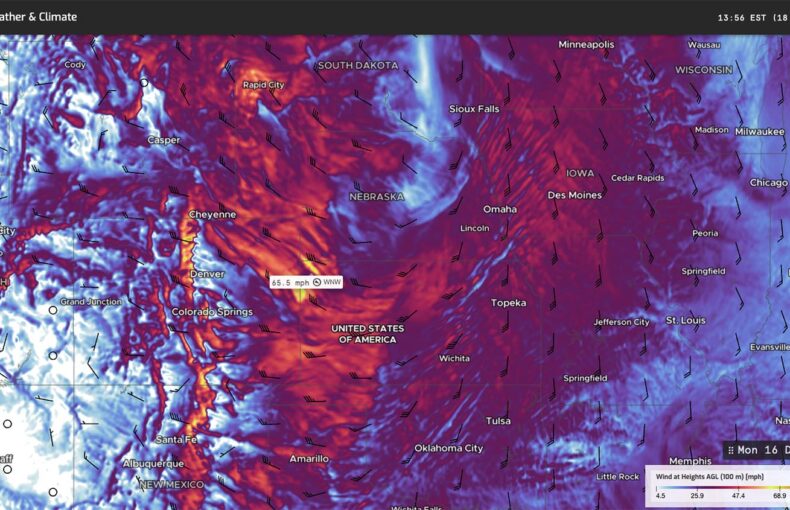Five ways weather data is driving digitalization in Maritime
Weather data can help you run your business responsibly and profitably. Read more about weather data uses in our blog and download our free ebook.
As the vaccine rollout ramps up and pandemic restrictions continue to change, the world is beginning to feel a little more like what we used to call “normal”. Many are experiencing a renewed sense of optimism and an eagerness to run businesses responsibly and profitably. Weather data can help you do both and maritime operations in particular stand to benefit from using it. We created a free ebook that details the ins and outs of how to effectively use weather to help lower fuel emissions, ensure crew safety, predict better port arrival times, and select the most efficient route.
Download the ebook for free here
Here are five reasons you should add weather data to your daily decision-making process:
1. Reducing fuel consumption and emissions
2030 compliance standards mean organizations will need to reduce carbon dioxide emissions by 40% (based on 2008 levels) and in 2050, emission reductions are planned for 70%. So everyone needs to be planning for these reductions now in order to maintain compliance. Weather data can help manage emissions especially when you consider the amount of friction that occurs from waves and currents pushing against a vessel in motion. Emissions are measured by the amount of carbon produced per ship, which increases based on how hard a ship is working. Achieving these reductions is going to be a challenge for maritime enterprises. Weather data, in an easy-to-use format, is a great first step to analyzing and optimizing carbon emissions.
2. Selecting the optimal route to your destination
Ingesting data from multiple sources including AIS positions, weather forecasts, and vessel specifics can help reduce emissions and improve utilization of existing assets. Feeding machine learning models with historical data builds better algorithms and fuels predictive analytics. Multiple sources of historical and live data can be combined to create a comprehensive picture of an industry’s challenges, plan ahead of congestion and storms and optimize fuel economy. Extreme weather can destroy cargo and require different crew staffing, and ocean elements like wind and wave data impact vessel assignments – all adding up to huge costs in maritime if the correct precautions aren’t taken.
3. Planning port arrivals to streamline port service scheduling
Planning port arrivals and scheduling has always been a challenge in maritime as voyages are often delayed due to weather while other unplanned events and port traffic can be heavy on some days and lighter on others. Many carriers need to schedule port services in advance and delays often come with high costs associated with missed appointments. The recent closure of the Suez Canal caused backups and delays as carriers needed to select routes to avoid the canal area. High winds, which could have been identified by weather data, caused the vessel to veer off course and eventually completely block access to the canal.
Our Maritime Weather Data was built to boost your strategy, keep your crew and cargo safe, and add value to your organization’s planning.
From routing to arrival time estimating, weather data is vital for maritime operations. Download our free ebook to learn more about the value of weather data for maritime operations.
How maritime data
reduces costs and
builds transparency
A closer look at how Maritime data
has a direct impact on profitability
4. Building transparency and delivering better customer service
Weather data proves to be an information ally as it adds another layer of transparency that can be shared with clients and customers regarding scheduling. Everyone has deadlines they need to manage and often, knowing where a vessel is and what the timeline for delivery looks like can ease tensions between vessel operators and customers.
5. Customizing a solution to give you a competitive edge in your industry
Customized solutions can offer solutions that hone in on a challenge you’re managing. We create industry-specific data sets using real-time and historical weather. Tight profit margins, environmental regulations, and ever-changing pandemic processes yield different challenges for maritime enterprises in an array of industries. Our industry-specific solutions are designed to help solve these challenges by identifying the factors that impact your specific business objectives.
As the maritime industry continues to embrace data and the solutions it delivers, look for more industry-focused products and services to enter the market. Data and analytics continue to garner attention in maritime as well. With algorithms generating new solutions to long-term problems, varied data sources like AIS and weather are truly the future of maritime. Contact us for more information and download your free weather ebook now.
 Written by
Written by


